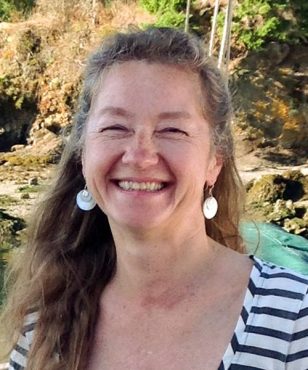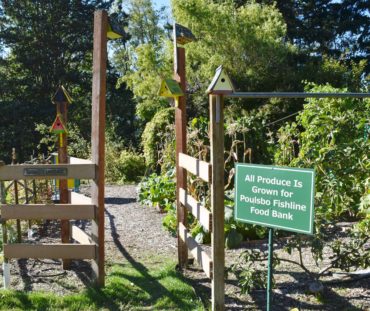
Washington state is an amazing place, and not simply because of its immeasurable beauty.
The Master Gardener program saw its birth here, training volunteers who are passionate about gardening to offer science-based answers to community members’ gardening questions. This program has spread throughout the country and into Canada since its inception in 1973, and has made it possible for gardeners to share the complex world of plants with their communities.
Another such gem is the concept of community gardens called p-patches. The first p-patch was created on the farmland previously owned by the Picardo family in Seattle’s Wedgewood neighborhood in 1973, and was named to commemorate their family. The program has grown by leaps and bounds to include many of Seattle’s neighborhoods and is managed by the Seattle Department of Neighborhoods.

These gardens are accessible to the public and often have a demonstration area, as well as some shared crops, plots that can be leased by individuals for their own use, plots that raise food for food banks and gardens that focus on teaching youth about gardening. P-patches are organic and provide the communities they serve not only the immediate benefit of healthy food, but also the long-term benefits of community building, education and positive, beautiful spaces.
The West Sound area has adopted the concept of community gardens, though the management of these p-patches has been more varied. Some are managed by the Master Gardeners and are located on public land, some are managed by park departments and some are on private land.
If you have ever wished for your own plot of sunny land to grow some vegetables and flowers, get your hands in the dirt close to other gardeners, learn organic gardening techniques, introduce your children to gardening and crafts or contribute your labor to growing fresh food for those in need, now is a good time to find a p-patch or community garden in your area and get involved.
Most gardens reassign unused garden beds sometime in January through March. Below is a partial list of gardens to check out.
Poulsbo
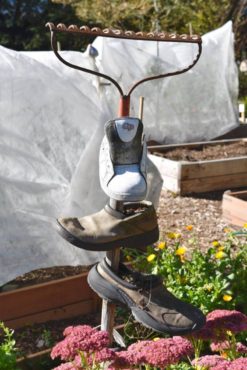
Raab Park Youth Garden and P-Patches
18349 Caldart Avenue NE
Call Poulsbo Parks & Recreation at 360-779-9898 to get on the list for a plot; for questions, contact the Master Gardeners at cbhyfobccngpu@tznvy.pbz. The department will start assigning plots on Feb 1.
The Raab Park community garden and p-patch is a gem of a resource for the area. Managed by Master Gardeners, the youth garden produces fresh produce for the Fishline food bank and brings the gardening world to our youngest community members through its youth program.
During the summer, kids can help grow vegetables and fruit, create garden art and work on projects they can take home or contribute to the garden. This is a wonderful program, running on the youthful energy of all involved, no matter their age, since 1997.
The p-patch is adjacent to the youth garden and community members cultivating the plots have the unique benefit of the garden’s educational opportunities offered by Master Gardeners in March through October. The monthly program of special speakers and workshops is a great learning tool. In addition, the Master Gardeners help coordinate care of the plots when members are away.
10-by-10-foot: $38; 10-by-20: $52; 8-by-4-by-2: $32 (4 feet high for easier access)
Price includes water, compost and use of tools.
Parks and Rec will contact interested gardeners starting Feb. 1, with orientation March 17.
Bainbridge Island
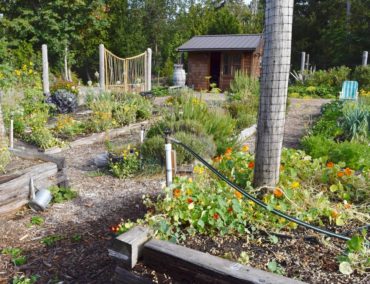
Wacky Nut Farm P-Patch
10821 Wacky Nut Way
Garden coordinator: Len Beil, lenbeil3 [at] msn.com or 206-387-0904
This creative community garden resulted from the farm owners’ desire to create community through gardening. In 2007, they set aside a sunny area next to their horse farm for the p-patch, where 18-25 families can garden on individual plots as well as help care for the many communal crops like apples, berries, tomatoes and an amazing array of dahlias.
The garden’s annual membership cost of $50, $60 or $75 (depending on plot size) includes water, plenty of local manure and a share of the fruit harvest. A firepit and cider press provide many opportunities to share the joys of community through organic gardening.
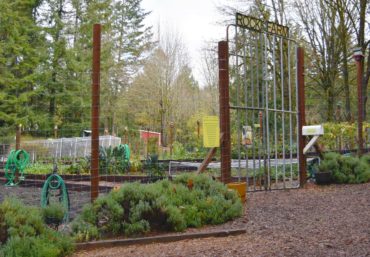
Rock Farm Community Garden
6207 NE Tolo Road
Owner and coordinator: Phil and Anita Rockefeller, chocrock [at] seanet.com, 206-817-0456
Sign up in January.
2008 was a dire year for the economy and as Anita and Phil Rockefeller walked down the long driveway to their mailbox, they saw an opportunity with a section of their property that lay unused. They knew the times would be difficult for many people and that the food banks would be in need of produce.
In the time it took them to get their mail that day, the idea of a community garden was born. It would be a garden that would supply Helpline and Fishline with fresh, organic produce and provide spaces for families to grow their own food and develop a connection to the land and their community through gardening. The families would have an opportunity to develop an appreciation and understanding of food production.
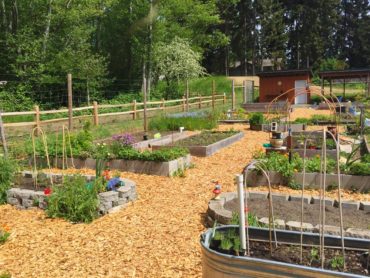
The garden area was cleared, the land contoured, and an impressive fence was built to keep out deer and dinosaurs, if not the wily raccoons. A set of cattle guards was transformed into entry gates and rocks dug out of the ground were made into gabion bases for a pergola and a fence along the entry herb garden.
Colorful birdhouses, painted by the gardeners, adorn the fence posts. Wide paths allow for easy access, wood edging keeps the beds well defined, and the soil has been well amended to produce an amazing yield of more than 3,000 pounds per year of produce for the food banks.
The annual $50 fee includes water, tools, a 10-by-10-foot bed (or $70 for 10-by-20 bed).
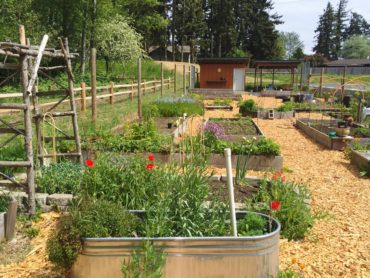
P-Patch at Battlepoint Park
11299 Arrow Point Drive NE
Bainbridge Island Park District, 206-842-2306, info [at] biparks.org
This well-established p-patch has 35 15-by-30-foot plots. Members have been growing a variety of flowers and vegetables using as many gardening methods as there are gardeners.
Tires have formed pots for tomatoes, various crop season extenders protect produce from cold and insects, and visitors to the park can stroll among the beds and learn from the community gardeners’ ideas.
Johnson Farm P-Patch
Johnsonville Lane
Managed by Friends of the Farms, heather.burger [at] friendsofthefarms.org, 206-842-5537
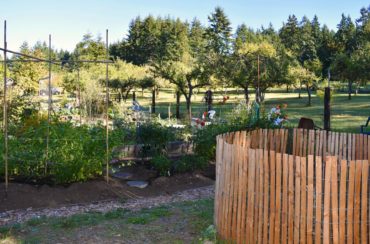
The Johnson Farm has become the nucleus for cooperative farming on Bainbridge Island. The farm is the site for the annual Harvest Fair hosted by Friends of the Farms. It is a wonderful celebration of the bounty of fall.
The garden area that has become the Johnson Farm p-patch started with a group of 4-H gardening-project kids growing pumpkins for sale at the local farmers market 10 to 15 years ago. The kids hauled water in buckets from a nearby pond to keep the crops growing.
Today, the area is a proper, fenced-in p-patch, with water easily available through a hose. A greenhouse and a shed are available on the site. Old but still productive grape vines grow along a fence line and ancient apple and nut trees surround the garden.
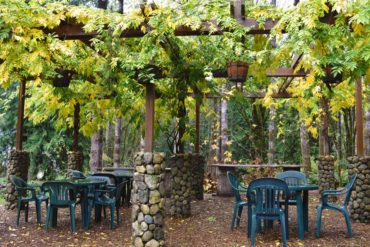
Eagle Harbor Congregational Church
105 Winslow Way W
Contact the church at 206-842-4657
The garden is behind the church, on Finch Place SW. Right in the heart of Winslow, this is a little gem of a community garden serving around 20 families. A tool shed full of tools is available to the gardeners, chickens contribute to the compost, and the bees from the beehives busily pollinate.
A common raspberry patch produces a good crop of berries. The waiting list is long but plots open up.
A $35-$50 suggested fee helps pay for the water.
Gig Harbor
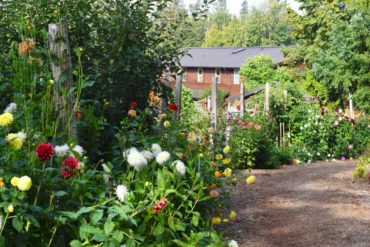
Wilkinson Park Community Garden
Community garden coordinator Barb Carr, ghcommunitygardens [at] gmail.com, 253-228-0538
In its 10th year, this city park p-patch has grown an abundance of produce for the food bank (more than a 1,000 pounds per ear) and for the families who garden there. It also has brought together an amazing community, from young people in their 20s to those in their 90s.
Monthly potlucks and work parties, as well as organic gardening classes taught by a Master Gardener, enrich the program. There are 38 4-by-24-foot plots, a greenhouse built in 2012 by the Rotary Club, compost, water and wood chips provided by the city for paths.
A suggested donation of $50 helps cover the costs of materials.
Kingston
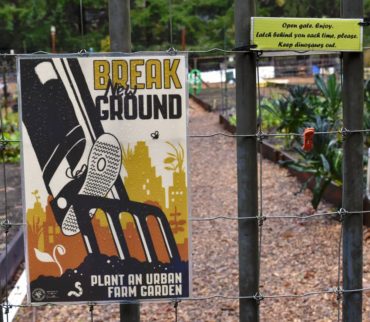
Village Green P-Patch
26159 Dulay Road NE
Volunteer coordinator Jenny Loftus
Rental cycle from March 15.
In the heart of the Kingston community, right next to the new Village Green community center, the garden offers 20 rental plots of various sizes, as well as a youth scholarship garden and some common areas. There are plans to build some senior-accessible, raised beds.
$25 per plot for the season includes water, compost, use of tools. Organic garden.
Bremerton
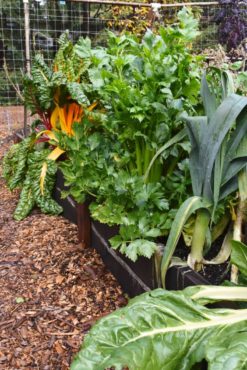
Blueberry Neighborhood Park and Community Garden
721 Sylvan Way
Run by Bremerton Parks 360-473-5305, and Master Gardeners
The costs for plots in 2016 were:
- 10-by-20: $52 Bremerton resident, $58.25 nonresident
- 16-by-31: $72 Bremerton resident, $84.50 nonresident
- Raised-tub ADA: $10 Bremerton resident, $13.25 nonresident
Current gardeners will have a chance to renew their leases in January, with new gardeners signing up in February as space opens up. The parks department expects some spaces to open up for next season, so do not hesitate to get on the waiting list.
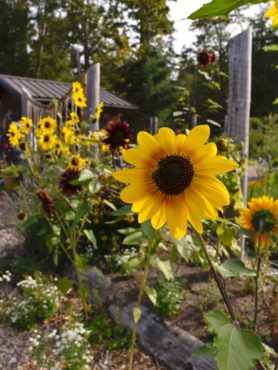
The garden has around 65 garden plots and six raised garden beds for lease. Organic garden; excess produce can be donated to the Bremerton food bank.
Every one of these p-patches has enriched its neighborhood. Although most have a waiting list, the members are constantly cycling through as lives change, so do not be discouraged from applying for a plot. One will probably open sooner than you think, and a few have a spot or two open currently.
There is also the opportunity to create a community garden in your neighborhood. Existing gardens can serve as a model for the creation of something truly special.




